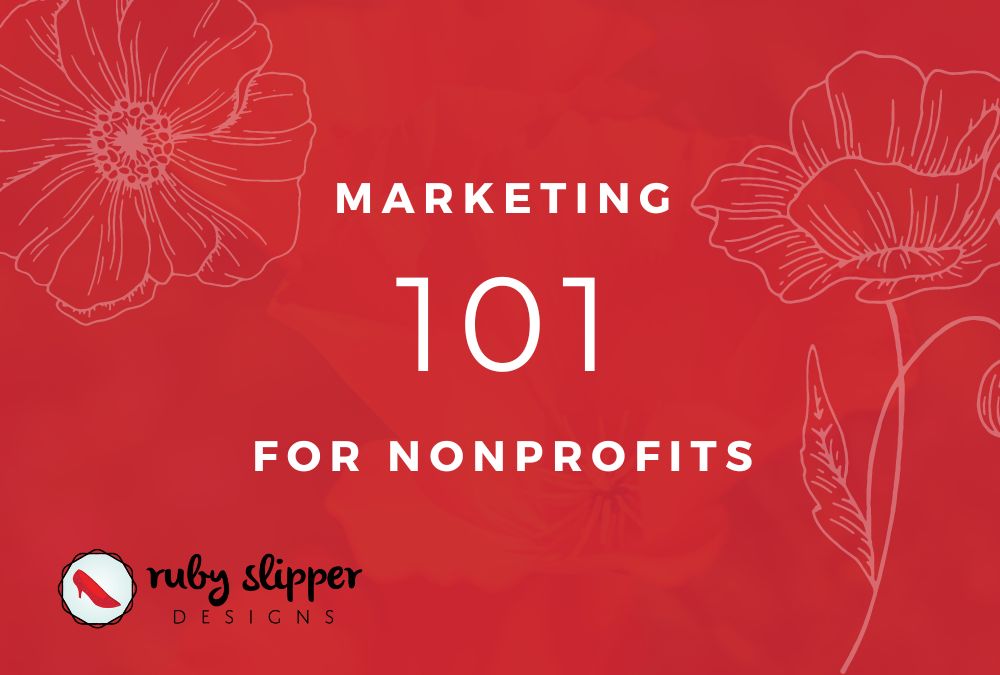“Marketing” can conjure images of glitzy ads, sales-driven companies, and big billboards. But marketing isn’t only essential for commercial success — its role in the nonprofit sector is essential, too.
How else will people find out about the great work you’re doing? How will they identify and trust you? When you thoughtfully and strategically engage with the world (aka marketing), your message and mission will shine.
What is Marketing?
At its heart, marketing is communication.
It covers a gamut of activities that help make people aware of your organization and the services you offer. Marketing helps persuade people to take action — such as donating, volunteering, signing up to receive services, etc.
Marketing for Nonprofits Means
- Engaging with your audience and welcoming their feedback
- Building and maintaining your reputation
- Meeting expectations and delivering on your promises
- Building relationships between the community and your organization
- Figuring out the best way to reach your audiences
- Boosting your outcomes
- Staying relevant
- Helping people make informed decisions
Think about your audiences, such as the people you are trying to help, partner organizations, community members at large, and donors – both existing and potential. Then ask yourself:
- Do they know about your organization?
- Do they know about the services you provide?
- Do they know how you are trying to help?
- Do they trust your guidance and advice?
- Does your organization know what they need?
Marketing helps address these critical questions and helps open people’s minds to taking certain actions. They will support your organization when they know and trust you.
Start with a Marketing Plan
At the heart of effective marketing for nonprofits is strategy.
Crafting your message and utilizing various channels takes intention and brainstorming first. So step one is creating a comprehensive marketing plan.
In a nutshell: A marketing plan will help you clarify goals, audiences, relevance, reputation, competition, SWOT analysis (strengths, weaknesses, opportunities, and threats), and needs. You’ll also want to take an inventory of your brand assets (logo, taglines, photos, graphics) and identify areas for improvement. Where possible, track your success rates too, and pinpoint new opportunities as they arise.
Reach Your People
Once your marketing plan is dialed in, you can embark on your yellow-brick road communication journey! There are so many avenues of possibility for reaching your audience and sharing who you are, what you do, and how people can take action:
- Social media
- E-newsletters
- Website
- Advertisements – in papers, magazines, or online
- Paid online ads
- Promotions
- Press releases
- Signage
- Banners and lawn signs
- Events
- Billboards
- Schwag – hats, tshirts, cups, pens, etc.
Empower Change Through Marketing
Marketing is not just a tool for nonprofits — it is a catalyst for change.
By harnessing the power of marketing and communication, nonprofits can elevate their missions and amplify their impact. Go big with the good you can do!
Contact us to learn about our suite of marketing services, and ways our Ruby Slipper team can wield communication tools to help your organization build a sustainable future.


 Every day, we are immersed in the fast-paced world of marketing and web design. Here, we share our insights with you!
Every day, we are immersed in the fast-paced world of marketing and web design. Here, we share our insights with you!